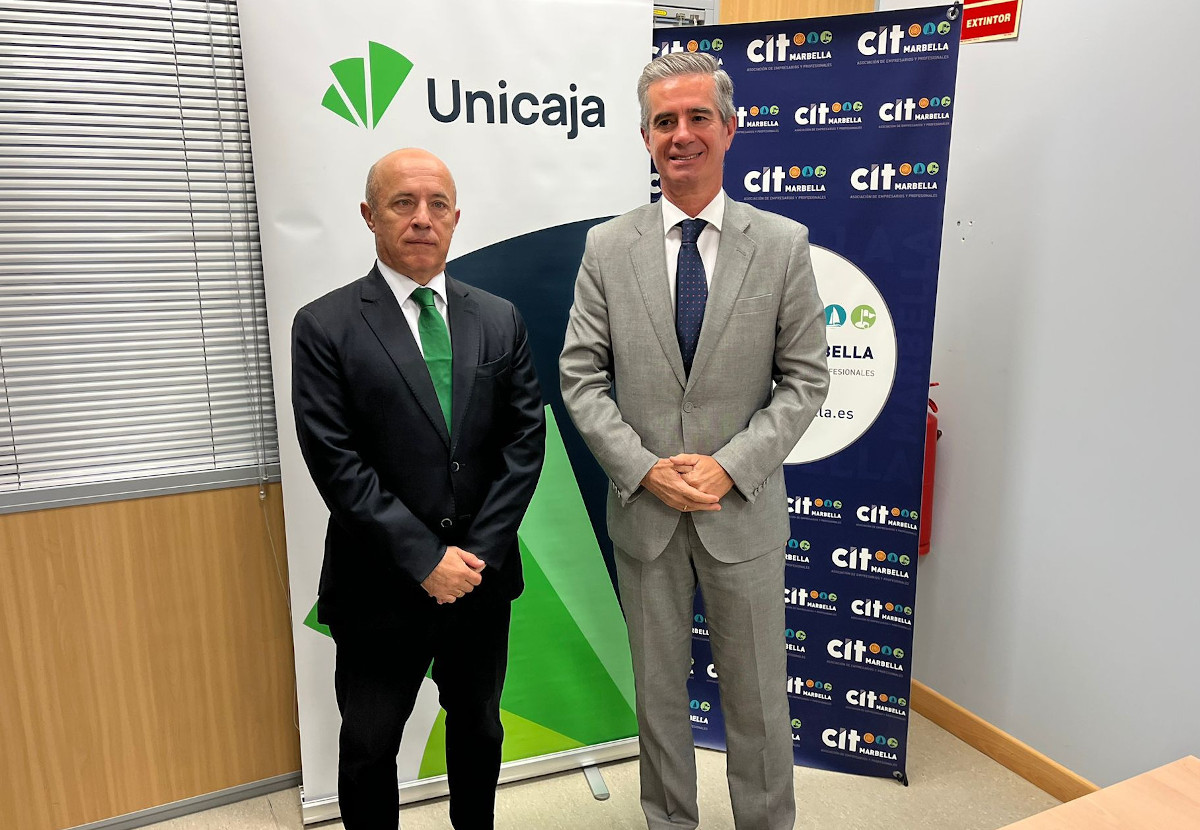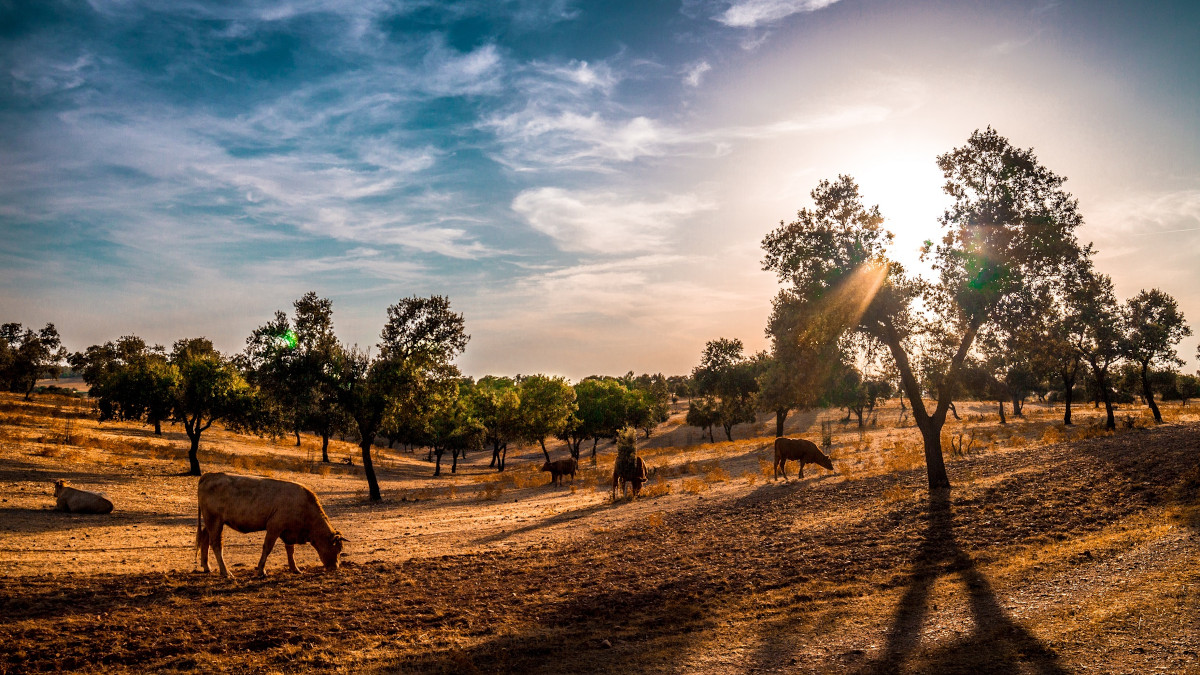Unicaja Banco has published the issue number 5 of its quarterly report ‘Situación económica y perspectivas de las provincias de Castilla y León’ (Economic Situation and Outlook of Castilla y Leon Provinces), prepared by Analistas Económicos de Andalucía. According to the report, the estimations made indicate that in 2020 the economic registered a general drop, with decreases above the regional average in Burgos, Palencia, Leon and Valladolid.
For 2021, the estimations made by Grupo Unicaja Banco’s research company suggest that in the baseline scenario, all the provinces will post a growth in the economic activity of over 4.5%, ranging from 4.5% in Palencia to 6.2% in Zamora and Soria. However, in a worst-case scenario, the increase would remain below 4.5% in all the provinces (see chart in page 3).
This report focuses on the analysis of the evolution and economic outlook of each one of the provinces, and it supplements the regional economic forecast report published on 16 April.
The report is divided into two sections: the first one describes the international and national economic backdrop and it includes the main features of the recent behavior of the regional economy. And secondly, a comparative of the main indicators of each province is made. This section includes Analistas Económicos de Andalucía outlooks on the evolution of the economic activity in 2020 and 2021.
Provincial analysis: recent evolution of the main economic indicators
According to the estimations of Analistas Económicos de Andalucía, in the fourth quarter of 2020¸ the economic activity would have dropped in all Castilla y Leon provinces. The decline would have exceeded the regional average (-4.0%) in Burgos (-4.7%), Palencia (-4.6%) and Valladolid (-4.1%), remaining in line with the region’s average in Salamanca (-4.0%), although these rates would not be strictly comparable.
With regard to employment, according to the figures published by the Labour Force Survey (Encuesta de Población Activa, EPA), in Castilla y Leon the number of those in employment grew in the fourth quarter of 2020 by 5,800 people compared with the previous quarter. The growths in Palencia (up 3,200 people) and Burgos (3,000) are to be remarked. Employment also grew in Valladolid (1,600), Segovia (1,300), and Zamora (1,100). On the contrary, the number of those in employment fell in Leon (-1,800), Salamanca (-1,200), Soria (-1,100) and Avila (-400). It should be noted that these employment figures include those workers affected by the furlough schemes (ERTE).
However, in year-on-year terms, the occupied population has decreased by 27,300 people in Castilla y Leon (-2.7%, -3.1% in Spain). By provinces, with the exceptions of Zamora (4.7%) and Palencia (2.5%), there has been a general decrease in employment, with rates ranging from -0.1% in Segovia to -6.5% in Leon,
The impact of the crisis on employment in 2020 is also reflected in the evolution of the contribution to the Social Security. In the year average, the number of people under the Social Security scheme has decreased by 1.9% in Castilla y Leon (-2.1% in Spain), with the most significant drops in Burgos (-2.5% compared with 2019), Palencia (-2.4%) and Salamanca (-2.2%). This trend has remained during the first months of 2021, so that in February the number of people under the Social Security scheme fell by 2.0% (-2.1% in Spain), with a general drop in all provinces.
In this context, the estimations made by Grupo Unicaja Banco’s research company show a general decrease in the economic activity in 2020, higher than the regional average (-7,9%) in Burgos (-8.6%), Palencia (-8.5%), Leon (-8.1%) and Valladolid (-8.0%), although these rates would not be strictly comparable.
For 2021, the estimations indicate a growth in the economic activity in all provinces. In the baseline scenario, the output increase may range from 4.5% in Palencia to 6.2% in Zamora and Soria, also with a growth above the regional average in Avila (6.0%), Leon (5.9%) and Burgos (5.5%). In a worst-case scenario, the growth would remain below 4.5% in all provinces, with rates over the regional average (3.5%) in Zamora, Soria, Avila, Leon and Burgos.
International, national and regional environment
The first section of the document ‘Situación económica y perspectivas de las provincias de Castilla y León’ covers the international and national economic context, and the main features of the recent evolution of the regional economy, information included in the report ‘Previsiones Económicas de Castilla y León’, published on 16 April.
According to the OECD’s latest report, in the end of 2020 many countries experienced new virus outbreaks, resulting in new curbs to contain the pandemic, intensified in the first months of 2021. Global GDP growth is now projected to be 5.6%. World output is expected to reach pre-pandemic levels by mid-2021, if the vaccination goals are achieved and there are not emerging variants of the virus that may worsen the epidemiological situation.
The economy’s evolution shows differences between countries and sectors. In that line, services are more affected by restrictions to social interaction and mobility. Therefore, those countries with a higher weight of tourism, hospitality and leisure are suffering a stronger impact of the pandemic, as it is the case of the Spanish economy, which, according to the OECD, could grow this year by 5.7% following the upward review made, the highest among the main economies of the Eurozone.
The Bank of Spain forecasts a GDP growth of 6.0% in the central scenario, with a higher activity increase in the second half of the year, underpinned by the vaccine rollout and the implementation of projects linked to the Next Generation EU funds, although part of the positive impact of the said programme would be transferred to 2022.
With regard to the Castilla y Leon economy, the Regional Quarterly Accounts of Castilla y Leon, published by the Dirección General de Presupuestos y Estadística of the Junta de Castilla y León, indicate that in the fourth quarter of 2020, the regional GDP grew by 1.5%, compared with 15.9% in the previous quarter, as a consequence of the worsened health situation in the end of the year, which led to the implementation of new mobility and activity restrictions. The year-on-year variation stood at -4.0% (-8.9% in Spain).
For the whole 2020, the Castilla y Leon GDP has fallen by 7.9% according to the Regional Accounts (-10.8% in Spain). The primary sector and energy and non-market services are the only activity branches that grew last year. From the point of view of demand, there has been a general drop, except in public consumption.
With regard to the growth forecasts for Castilla y Leon, Analistas Económicos de Andalucía estimate that in 2021, the regional GDP may grow by 5.4%, in line with the forecasts for Spain as a whole. This growth could be lower (3.5%) in a worst-case scenario, as indicated in the recently published report ‘Previsiones económicas de Castilla y León’. It should be noted that uncertainty remains very high and that the evolution of the pandemic and the vaccination rollout continue to condition the economic recovery.
Pdf asociado a la nota de prensa



